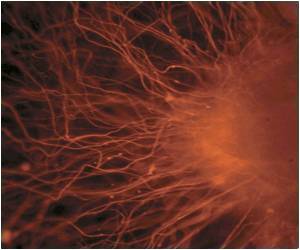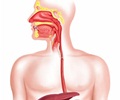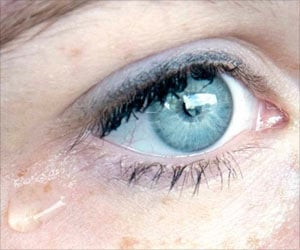First human food pipe has now been created by US scientists to enable disease diagnosis and regenerative therapies.

‘Disorders of the esophagus and trachea are so adversely prevalent in people that organoid models of human esophagus could be very beneficial
’





PSCs are master cells that can potentially produce any cell or tissue the body needs to repair itself.The oesophageal organoids grew to a length of about 300-800 micrometers in about two months.
"Disorders of the esophagus and trachea are prevalent enough in people that organoid models of human esophagus could be greatly beneficial," said lead investigator Jim Wells, from the hospital.
"In addition to being a new model to study birth defects like oesophageal atresia, the organoids can be used to study diseases like eosinophilic oesophagitis and Barrett's metaplasia, or to bioengineer genetically matched oesophageal tissue for individual patients," he added.
In the study, published in the journal Cell Stem Cell, the team focused on the gene Sox2 and its associated protein -- known to trigger oesophageal conditions when their function is disrupted.
Advertisement
During critical stages of embryonic development, the Sox2 gene blocks the programming and action of genetic pathways that direct cells to become respiratory instead of oesophageal.
Advertisement
Conversely, the absence of Sox2 during the development process in mice can result in oesophageal agenesis -- a condition in which the esophagus terminates in a pouch and does not connect to the stomach.
Those tests showed the bioengineered and biopsies tissues were strikingly similar in composition, the team said.
Cincinnati Children's scientists have previously used PSCs to bioengineer human intestine, stomach, colon and liver.
Source-IANS















